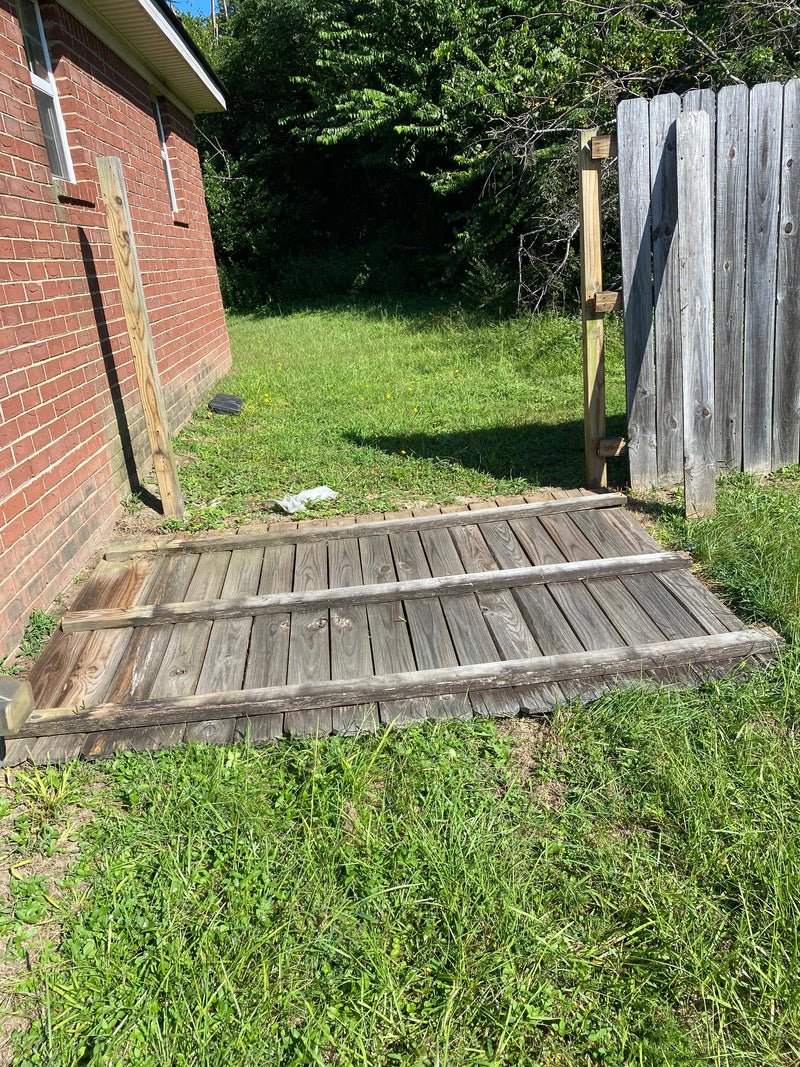If your oven isn’t heating evenly, takes forever to reach temperature, or just won’t heat at all, chances are the culprit is the bake element (the lower heating coil inside the oven cavity). The good news? Replacing an oven burner isn’t rocket science—you don’t need to be a master electrician to pull it off. With a few tools, some patience, and about 20–30 minutes, you can get your oven back in business without calling for a pricey repair tech.
This guide walks you through the entire process of replacing your oven’s bake element, from identifying the problem to safely installing the new part. If you’d rather just let a pro handle it, I also offer full handyman services — check them out here.
Why the Oven Burner Matters
The oven’s heating element is the workhorse that makes baking, roasting, and broiling possible. In most standard electric ovens, there are two main elements:
-
Bake element: The coil at the bottom of the oven (heats from below).
-
Broil element: The coil at the top of the oven (heats from above).
The bake element does most of the heavy lifting when it comes to everyday cooking. When it fails, you’ll often notice:
-
Food isn’t cooking evenly.
-
The oven won’t reach the set temperature.
-
The element is visibly blistered, cracked, or burnt in one spot.
-
It doesn’t glow red when the oven is on.
If that sounds familiar, it’s time to replace it—or call in a handyman if you’d rather not mess with the wiring. I can help with that here.
Safety First: Don’t Skip This Step
Working with appliances means dealing with electricity—and that means risk. Before you even think about unscrewing anything, do this:
-
Unplug the oven from the wall outlet.
-
If your oven is hardwired, turn off the circuit breaker that supplies power to the stove.
-
Double-check by turning the oven on briefly—if nothing lights up, you’re safe.
Never assume the power is off just because the oven is quiet. Always disconnect before touching the element.
Tools & Materials You’ll Need
-
Replacement bake element (make sure it’s the right part number for your stove model)
-
Phillips screwdriver or nut driver (depending on your oven screws)
-
Needle-nose pliers (helpful for tight connections)
-
Work gloves (protect hands from sharp edges)
-
Flashlight (so you don’t miss any details)
Optional but useful:
-
Multimeter (to test the old element and confirm it’s bad)
-
Shop vac or rag (to clean the oven floor while you’re in there)
Step 1: Remove Oven Racks
Start by pulling out the oven racks. You’ll need full access to the bake element at the bottom of the oven. This is also a good chance to wipe down any crumbs or grease sitting in the cavity.
Step 2: Locate and Inspect the Bake Element
The bake element is the exposed metal coil at the oven floor, typically secured to the back wall with two screws. Some ovens also have small mounting brackets at the base.
Look closely:
-
If the coil has a burn mark, blister, or break, it’s definitely bad.
-
Even if it looks fine, elements can still fail internally, which is why some folks test with a multimeter for continuity.
Step 3: Remove Mounting Screws
Using your screwdriver or nut driver, remove the screws or bolts securing the element to the back wall. Keep them safe—you’ll reuse them for the new element.
Once the screws are out, gently pull the element forward a few inches. You’ll see two wires connected to the back.
Step 4: Disconnect the Wires
This is where things get delicate. The bake element is connected to the oven by two wire terminals.
-
Carefully pull the element forward until the wire connectors are visible.
-
Use needle-nose pliers (or your fingers if loose enough) to disconnect the wires.
-
Don’t yank! Hold the connector, not the wire, to avoid damaging the leads.
Pro tip: If the wires slip back into the oven cavity, fishing them out can be a nightmare. Use a small piece of tape to secure them to the oven wall until you’re ready to connect the new element.
Step 5: Install the New Bake Element
Grab your replacement element and connect the wires the same way they were on the old one. Polarity usually doesn’t matter here (it’s AC power), but check your manual if unsure.
-
Push the terminals onto the element prongs until snug.
-
Slide the element back into place so the screw holes line up.
-
Secure it with the original screws or bolts.
The element should now sit firmly at the oven’s base, just like the old one.
Step 6: Reassemble & Test
-
Put your oven racks back in.
-
Plug the oven back in (or flip the breaker back on).
-
Turn the oven on to Bake at 350°F.
Within a minute or two, the new element should start glowing red. That’s your sign everything’s working correctly.
If it doesn’t heat, double-check your connections—or you may have a deeper issue like a blown fuse, faulty thermostat, or control board problem. At that point, it may be easier (and faster) to book a pro through my services page.
A Quick Story: How I Got This Job
This specific oven repair actually came from one of the property managers I work with in the Augusta CSRA area. They manage several rental units, and one of their tenants reported that the oven wouldn’t heat properly.
For property managers, quick repairs matter—tenants expect fast fixes, and delays can lead to bigger complaints (or even lost tenants). That’s why many of them keep a reliable handyman on call for jobs like this. By being available and dependable, I’ve built relationships with local property managers who now reach out directly when something breaks, whether it’s an oven, a door, or a fence.
That experience is exactly why I put together my Handyman Guide. It’s packed with tips, service strategies, and real-world lessons that help new handymen (or DIY landlords) learn how to price jobs, tackle common repairs, and land steady work with property managers.
Common Mistakes to Avoid
-
Not killing power first – touching live wires can result in serious injury.
-
Letting the wires fall back – secure them while working.
-
Ordering the wrong part – always match the model number of your stove to the correct element.
-
Skipping the test run – don’t just assume it works, confirm it before cooking your next meal.
How Much Does It Cost?
-
Replacement bake elements typically cost $25–$60, depending on brand.
-
Doing it yourself saves the $100–$200 labor fee most repair services would charge.
So for under $50 and a half-hour of your time, you can bring your oven back to life. Or, if you don’t want to fuss with tools and wires, I’ll take care of it for you — see my handyman rates.
Final Thoughts
Replacing an oven burner (bake element) is one of the most straightforward appliance repairs out there. With just a screwdriver and a little caution, you can save yourself a hefty service bill and get your oven back up and running in under an hour.
Not only will you save money, but you’ll also gain the confidence that comes with fixing something in your home yourself. And if you’re interested in learning how I’ve turned simple repairs like this into repeat jobs with property managers, definitely grab my Handyman Guide.
Dinner won’t wait forever — let’s get that oven back in shape.



























!["Afrocentric digital artwork featuring [subject], showcasing rich melanin tones, cultural symbolism, and bold colors. Perfect for modern home decor, Black heritage appreciation, and artistic expression. High-quality print available in multiple sizes."](http://deebeefreelancing.com/cdn/shop/articles/Untitled_design_3.png?v=1740011344&width=800)
